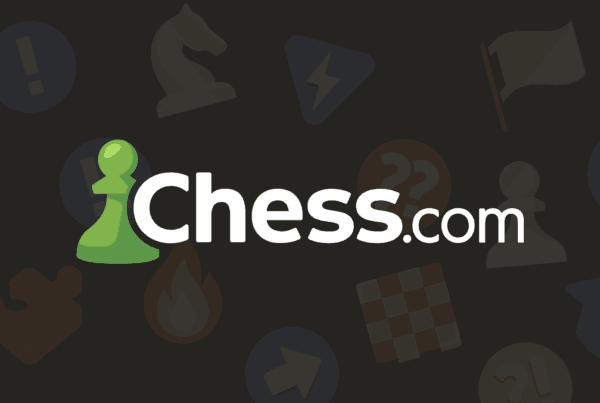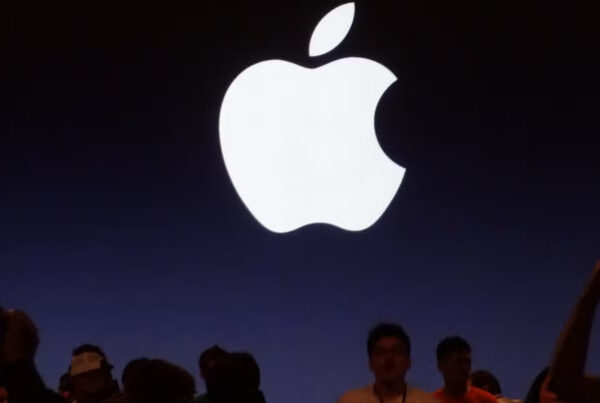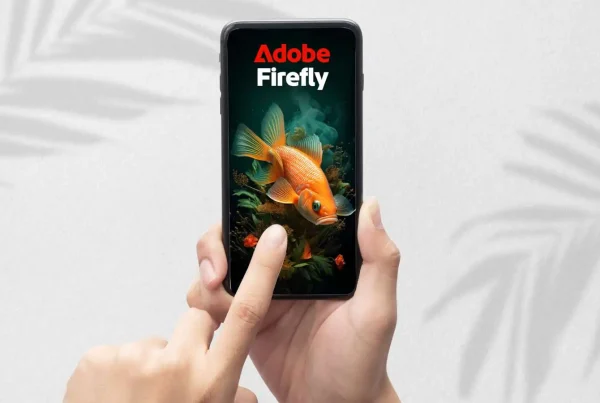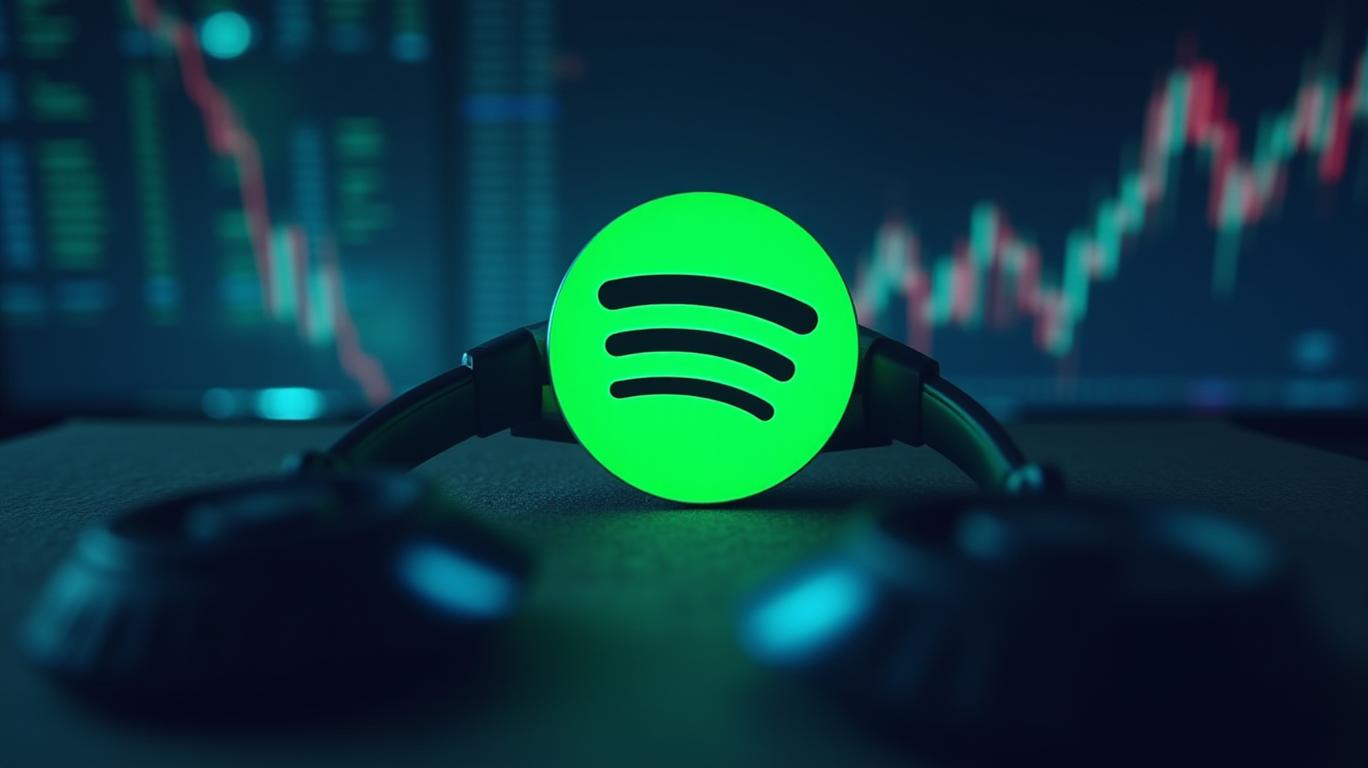
If you’ve ever wondered just how many people are actually tuning in to your favorite podcast, Spotify thought they’d do you a favor. Last week, they announced plans to start publicly showing podcast play counts to help listeners discover shows and give creators more visibility.
Sounds great, right? Well, not everyone thought so.
Why Podcasters Were Not Happy
Podcast creators, especially those with smaller or niche shows, quickly pushed back. Their concern? Public play counts would turn podcast discovery into a popularity contest. Big shows with celebrity hosts and millions of fans would shine even brighter, while smaller, up-and-coming podcasts might get overshadowed — just because their numbers don’t look impressive yet.
It’s kind of like trying to enjoy a tiny local coffee shop, but Yelp insists on plastering “Only 37 customers this month!” in the window. Not very appealing.
Spotify Changes Course — Kind Of
After the backlash, Spotify decided to adjust rather than abandon the idea. As of now, only podcasts with at least 50,000 plays total will show play counts. And even then, you won’t see an exact number — just rounded milestones like “100,000 plays” or “1 million plays.”
So if a podcast has, say, 87,231 plays? You’ll just see “50K+” until they hit that next milestone.
Spotify explained the change in a blog post, saying, “This update reflects our evolving efforts to provide the best insights for creators and a clear experience for their fans.” In other words: “We heard the complaints. We’re trying to meet you halfway.”
Why This Matters
For most of podcast history, it’s been hard to tell how big a show really is. Platforms like Apple Podcasts show things like star ratings and listener reviews, but they don’t display raw numbers like YouTube does with its view counts.
And honestly, that mystery has been kind of nice. For many listeners (and creators), podcasting felt refreshingly uncluttered by popularity metrics. It was about content, not clout. But Spotify’s move brings a bit of that YouTube-style data obsession into the audio world.
But Wait… What Even Is a Play?
Good question! Turns out, not all “plays” are created equal — and that’s part of the confusion.
The Interactive Advertising Bureau (IAB) has worked with podcast platforms to standardize what counts as a play, especially to help with advertising deals. But not every platform follows these standards to the letter.
Spotify says a play happens when “someone actively tries” to listen — meaning they hit play, even if they only hear a few seconds. By contrast, Spotify only counts a stream or download if the listener sticks around for at least 60 seconds. YouTube has its own definition, and neither platform fully aligns with the IAB standard.
The Bottom Line
Spotify wants to bring more transparency and data into the podcasting world — but it’s a balancing act. While play counts can help fans discover shows and give creators new metrics, they also risk reinforcing the already wide gap between podcasting’s giants and its indie gems.
For now, if your favorite podcast isn’t showing play counts, don’t sweat it. It just means they haven’t hit that 50K mark yet — or they’re choosing to fly under the radar, which, honestly, is part of podcasting’s charm.
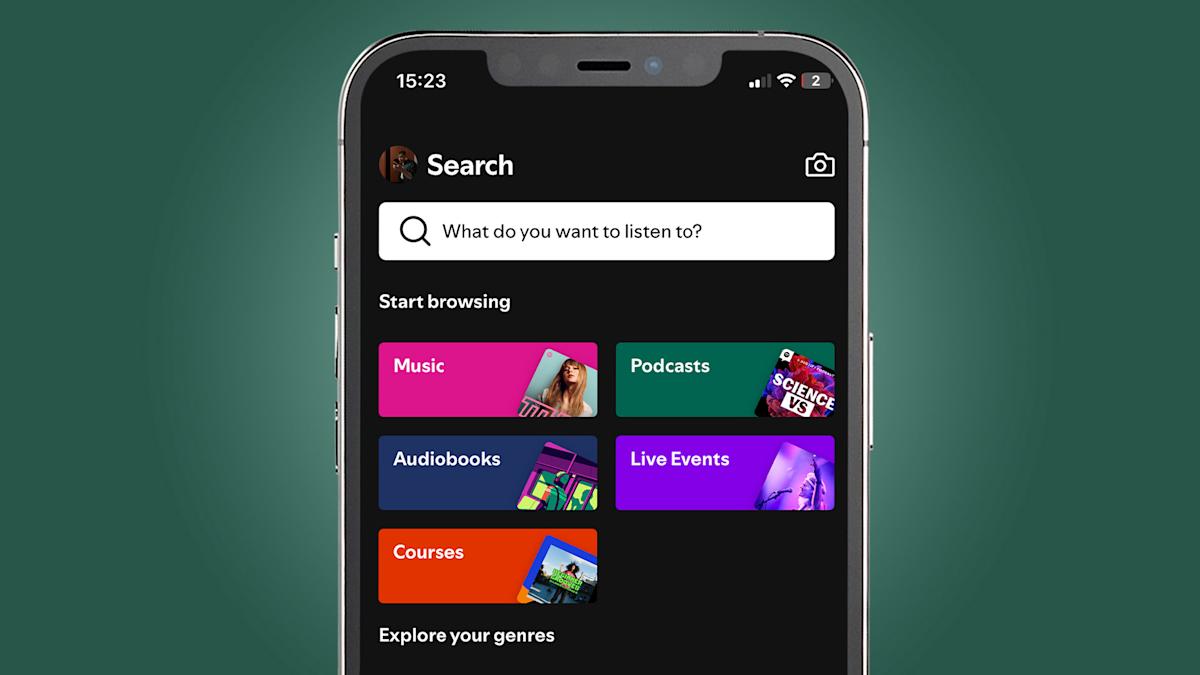
Spotify Tweaks Podcast Play Count Feature After Backlash From Creators — Here’s What It Means for You


